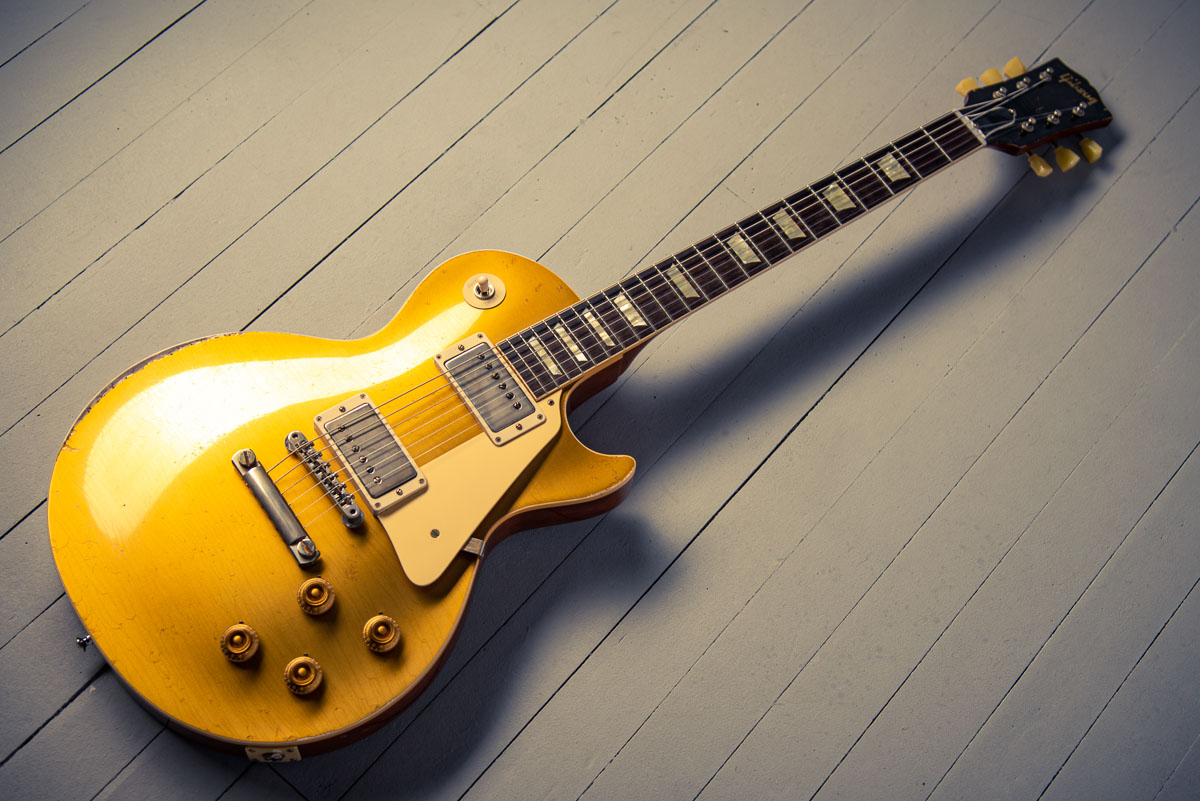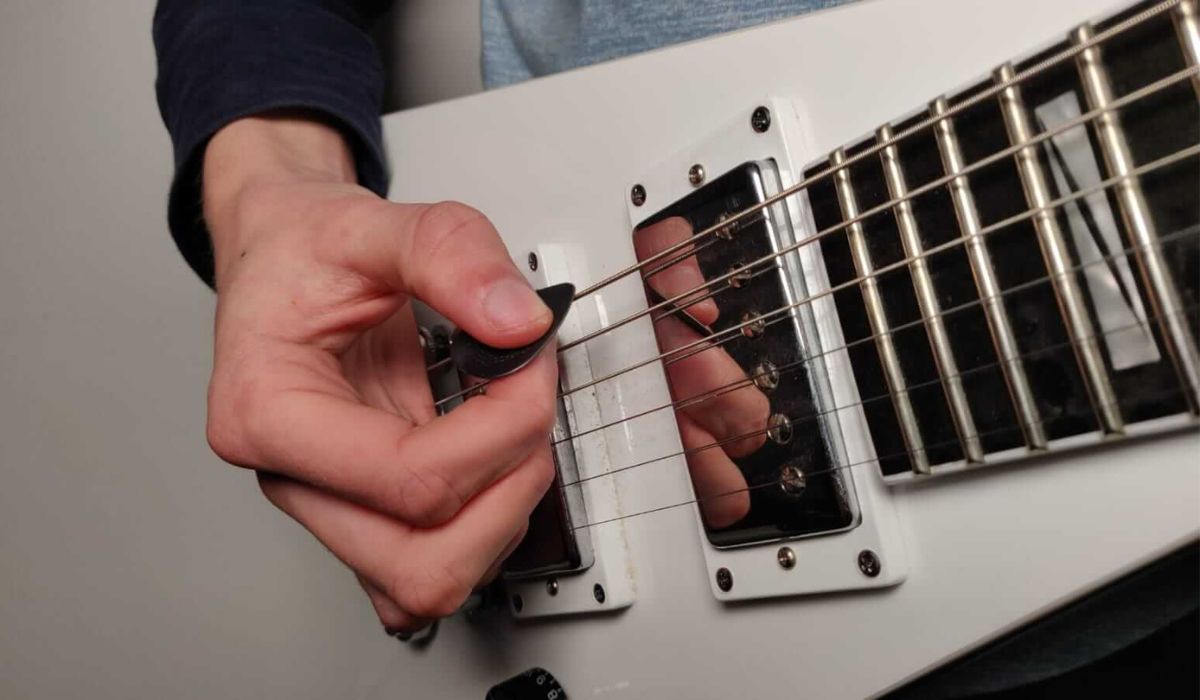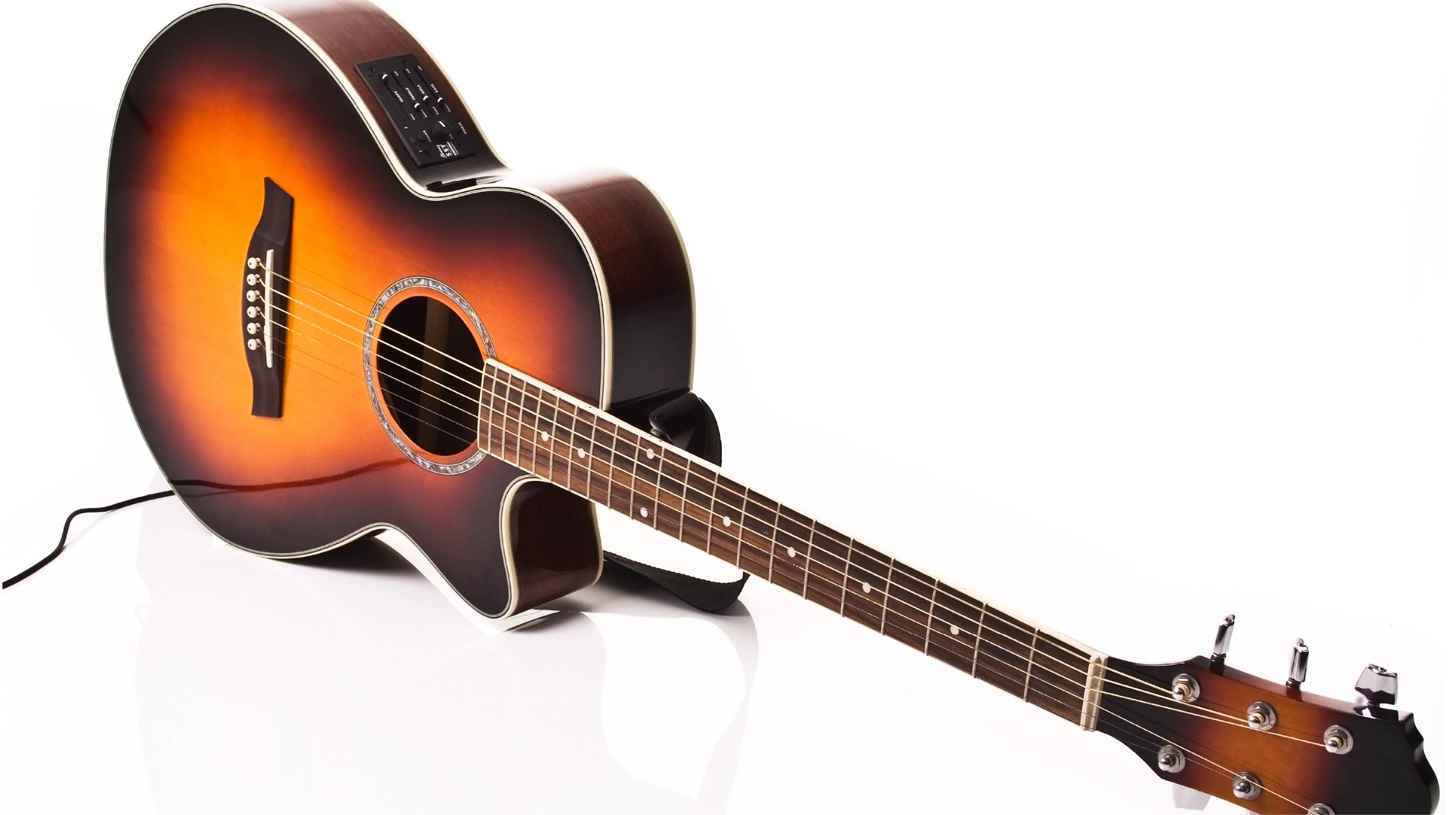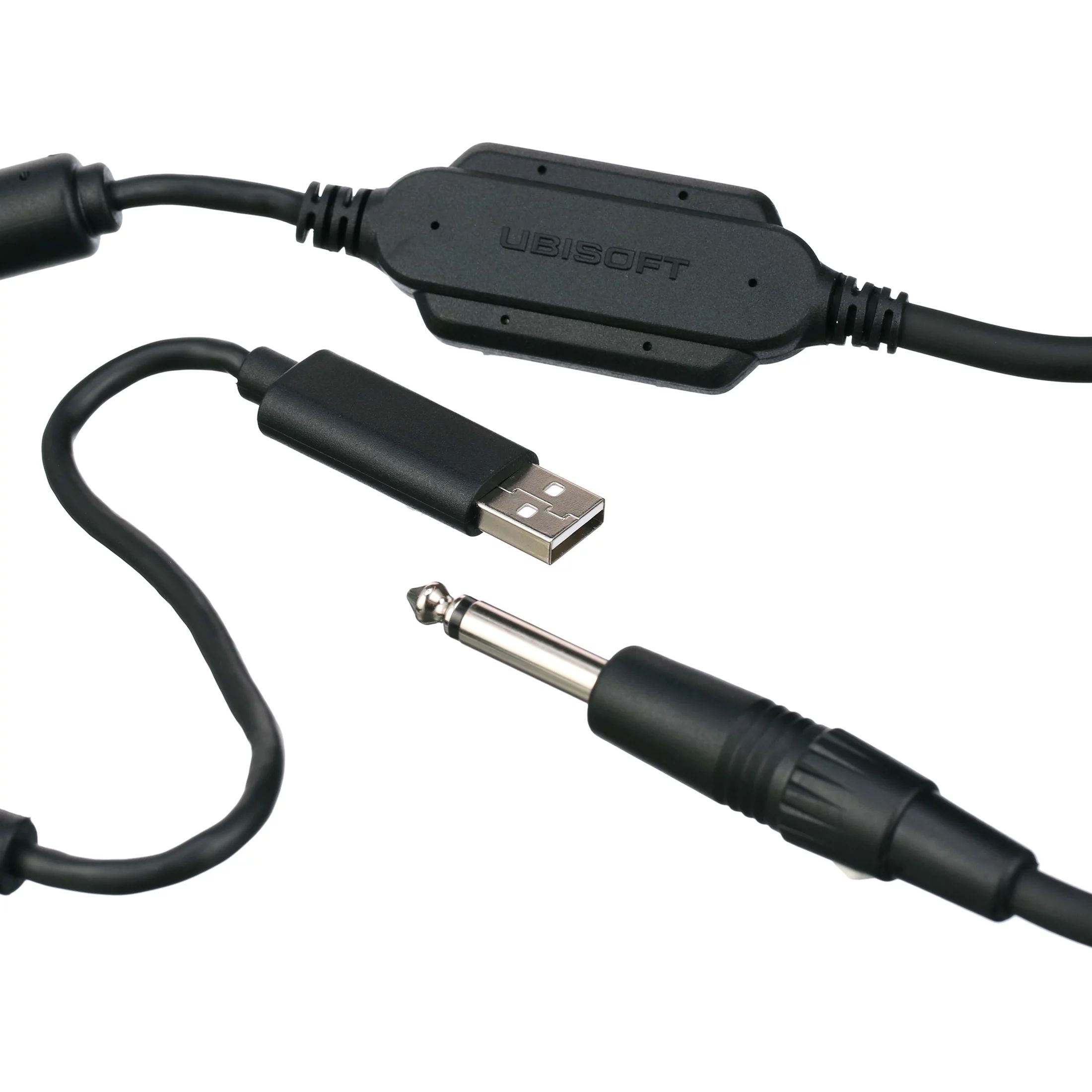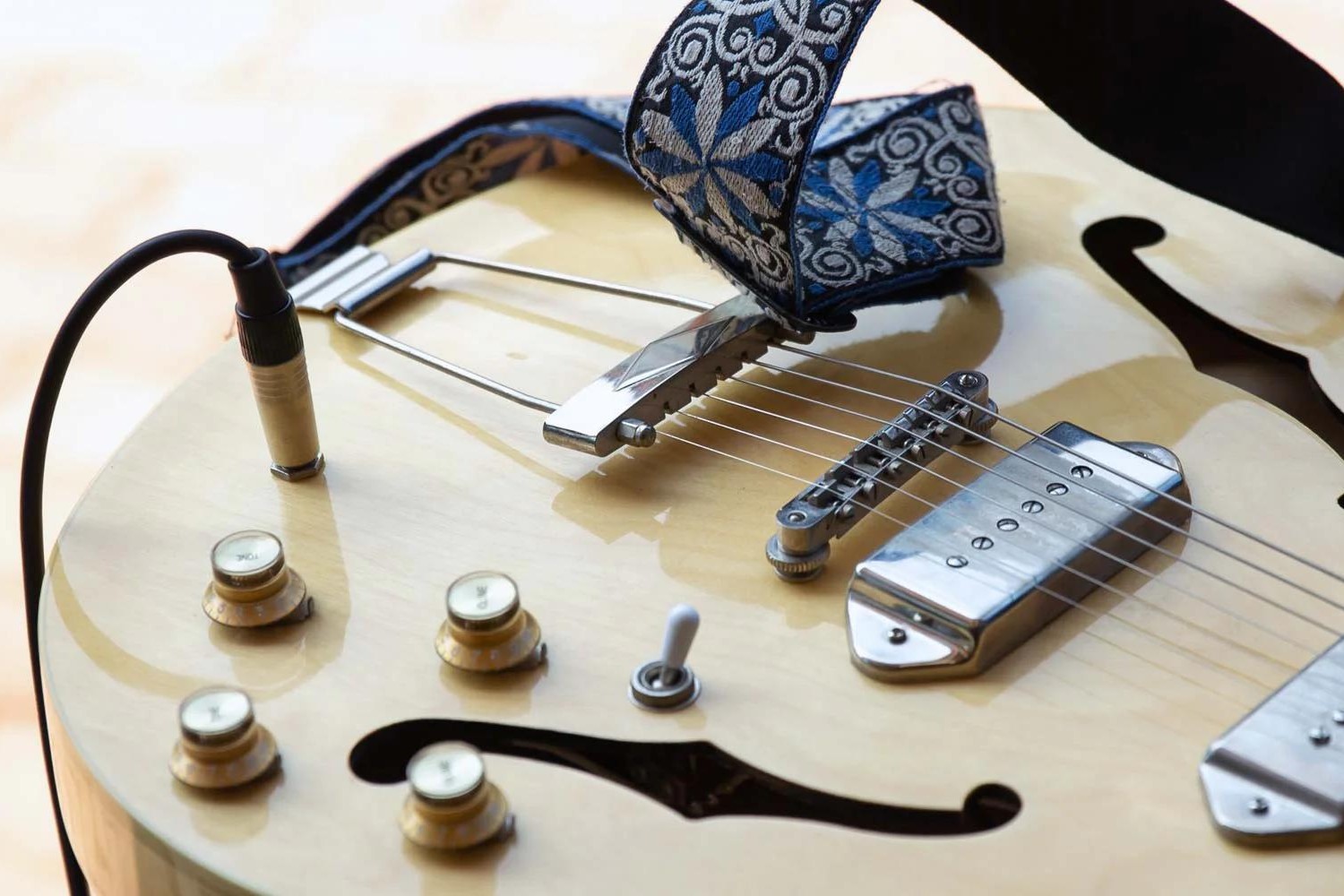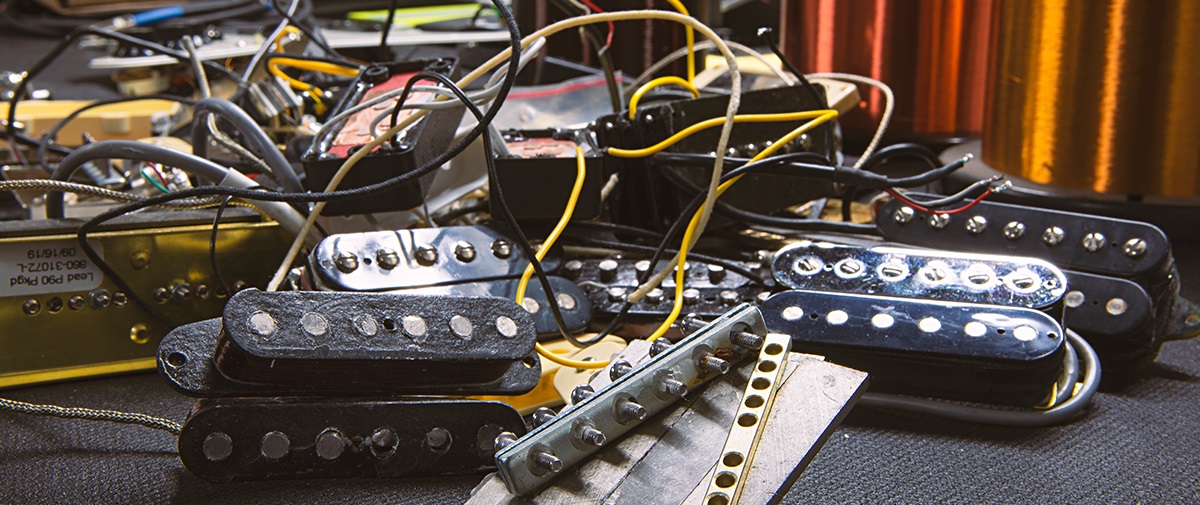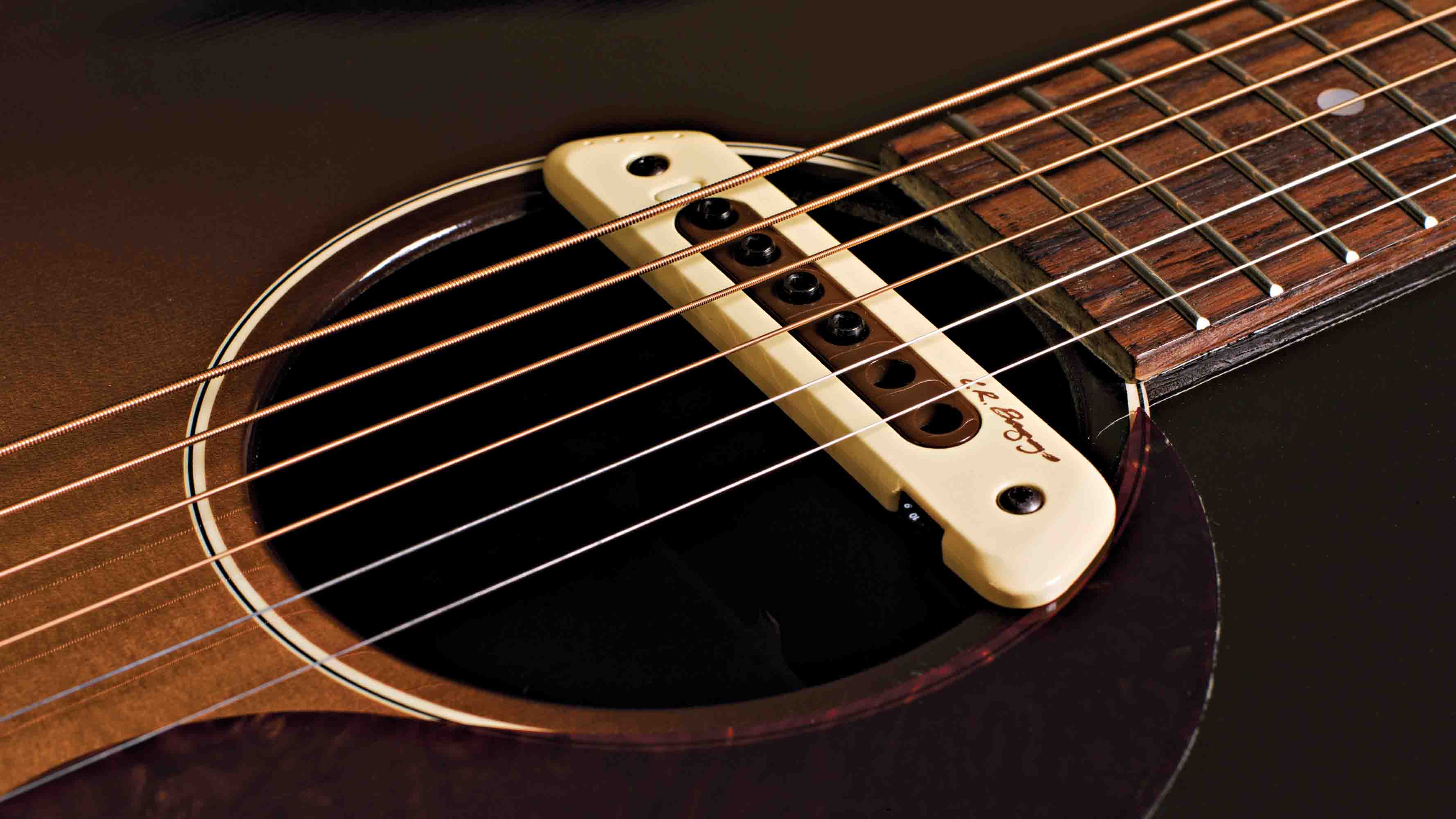The Magic of Electric Guitars: How They Create Mesmerizing Sound
Electric guitars have revolutionized the music industry, captivating audiences with their electrifying performances and soul-stirring melodies. These iconic instruments have shaped the landscape of modern music, from rock and blues to jazz and pop. But have you ever wondered how an electric guitar produces such captivating sounds? In this article, we will unravel the enchanting mechanics behind the electric guitar's sonic wizardry, exploring the intricate interplay of components, amplifiers, and effects pedals that bring music to life.
The electrifying allure of electric guitars lies in their ability to harness the power of electricity to produce a wide array of tones and textures. Unlike acoustic guitars, which rely on the resonance of their hollow bodies to amplify sound, electric guitars employ a sophisticated system of pickups, amplifiers, and effects to shape and magnify their sonic output. This innovative approach not only revolutionized the way music is created and performed but also opened up a world of creative possibilities for musicians and enthusiasts alike.
As we embark on this sonic journey, we will delve into the fundamental principles that underpin the mesmerizing sounds of electric guitars. From the anatomy of the instrument to the pivotal role of amplifiers and effects pedals, we will unravel the mysteries behind the captivating melodies and searing solos that have defined generations of music. Join us as we peel back the layers of innovation and artistry that make electric guitars a timeless symbol of musical expression and creativity.
The Basics of Electric Guitars
At the heart of every electric guitar lies a captivating blend of artistry and engineering, each instrument a testament to the seamless fusion of form and function. Unlike their acoustic counterparts, electric guitars feature solid bodies, often crafted from tonewoods such as mahogany, alder, or maple, which contribute to their distinct tonal characteristics. The sleek, contoured designs of electric guitars not only exude an air of modernity but also allow for enhanced playability and comfort, empowering musicians to unleash their creativity with ease.
One of the defining features of electric guitars is their use of pickups, which serve as the sonic eyes and ears of the instrument. These magnetic transducers capture the vibrations of the guitar strings and convert them into electrical signals, which are then amplified and sculpted to produce the rich, dynamic tones that have become synonymous with electric guitar music. From the shimmering chime of single-coil pickups to the robust warmth of humbuckers, the diverse range of pickup configurations empowers musicians to craft their signature sound with precision and nuance.
Electric guitars also boast a versatile array of controls, including knobs and switches that govern volume, tone, and pickup selection. These intuitive features enable players to fine-tune their instrument’s sonic character on the fly, allowing for seamless transitions between clean, mellow passages and searing, overdriven riffs. In the hands of skilled musicians, electric guitars transcend their role as mere instruments, becoming conduits of emotion and expression that resonate with audiences on a profound level.
From the sleek curves of their bodies to the intricate circuitry concealed within, electric guitars embody a harmonious marriage of form and function, inviting players to embark on a sonic journey filled with endless possibilities. As we continue our exploration of electric guitars, we will venture deeper into the inner workings of these iconic instruments, unraveling the mysteries of their sound production and the transformative role of amplifiers and effects pedals in shaping their sonic identity.
The Components of an Electric Guitar
Electric guitars are marvels of precision engineering, comprising an array of meticulously crafted components that work in harmony to produce captivating sounds. At the core of every electric guitar is the body, which serves as the foundation for its sonic resonance and aesthetic appeal. Crafted from tonewoods renowned for their acoustic properties, such as mahogany, alder, or maple, the body of an electric guitar plays a pivotal role in shaping its tonal characteristics, lending warmth, sustain, and resonance to the instrument’s voice.
Mounted on the body of the electric guitar is the neck, a crucial element that influences playability and tonal response. Typically crafted from durable yet resonant woods such as maple or mahogany, the neck provides a stable platform for the fretboard and frets, allowing players to navigate the instrument with precision and fluidity. The fretboard itself, often adorned with inlays for visual flair, serves as the canvas upon which musicians weave their melodic tapestries, its smooth surface facilitating effortless fretting and bending.
Integral to the operation of an electric guitar are its pickups, which capture the vibrations of the strings and translate them into electrical signals. These magnetic transducers come in various configurations, each imbuing the instrument with a distinct sonic personality. Single-coil pickups offer crystalline clarity and articulation, while humbuckers deliver robust, noise-resistant tones ideal for high-gain applications. The selection and placement of pickups contribute significantly to an electric guitar’s sonic versatility and expressive range.
Completing the ensemble of components are the bridge and tuners, which play essential roles in shaping the instrument’s playability and tuning stability. The bridge, whether fixed or tremolo-equipped, anchors the strings to the body, transmitting their vibrations to the pickups and contributing to the guitar’s overall resonance. Meanwhile, precision tuners ensure accurate pitch control, empowering musicians to maintain pristine intonation and tuning consistency during performances and recording sessions.
As we unravel the intricate anatomy of electric guitars, it becomes evident that each component serves as a vital cog in the machinery of sonic expression, contributing to the instrument’s tonal palette and playability. In the next segment, we will delve into the mesmerizing process through which electric guitars harness these components to produce the captivating sounds that have enraptured music lovers for decades.
How an Electric Guitar Produces Sound
The mesmerizing sounds emanating from an electric guitar are the result of a complex interplay of physics, electronics, and craftsmanship. At the heart of this sonic alchemy is the process through which the vibrations of the guitar strings are transformed into electrical signals, setting the stage for amplification and sonic sculpting. When a musician plucks a string, it sets off a chain reaction of events that culminates in the creation of the iconic tones that define the electric guitar.
As the strings vibrate, they induce a fluctuating magnetic field in the pickups, which consists of wire-wrapped magnets. This fluctuation generates a small electrical current in the pickups, effectively translating the string vibrations into electrical signals. These signals, representing the nuances of pitch, timbre, and dynamics, are then transmitted through the guitar’s circuitry to the output jack, where they embark on a journey through the realm of amplifiers and effects.
It is essential to note that the pickups themselves play a pivotal role in shaping the character of the electric guitar’s sound. Single-coil pickups, known for their bright, articulate tones, capture the string vibrations with precision, delivering shimmering cleans and snappy dynamics. In contrast, humbuckers, comprised of dual coils, offer a thicker, more robust sound with enhanced noise cancellation, making them ideal for driving overdriven and distorted tones.
Once the electrical signals leave the guitar, they encounter the amplifier, a crucial partner in the sonic transformation process. The amplifier magnifies the electrical signals, imbuing them with power and presence, and projects them through a speaker, where they materialize as the rich, resonant tones that captivate audiences. This amplification process allows the subtle nuances of the guitar’s sound to be magnified and projected, shaping the instrument’s sonic identity with remarkable clarity and authority.
As we unravel the enchanting process through which electric guitars produce sound, it becomes evident that the marriage of artistry and technology lies at the heart of their sonic allure. In the next segment, we will explore the transformative role of amplifiers and effects pedals in shaping the expressive range and sonic palette of electric guitars, delving into the boundless creative possibilities they offer to musicians and enthusiasts alike.
The Role of Amplifiers
Amplifiers stand as the stalwart guardians of an electric guitar’s sonic journey, wielding the power to magnify and sculpt the instrument’s raw electrical signals into a kaleidoscope of captivating tones. These sonic architects come in various forms, from vintage tube amplifiers exuding warm, harmonically rich textures to modern solid-state and digital amplifiers offering pristine clarity and versatility. Regardless of their design, amplifiers play a transformative role in shaping the sonic identity of electric guitars, imbuing their output with authority, presence, and expressive character.
When the electrical signals from the guitar reach the amplifier, they undergo a metamorphosis, emerging as robust, larger-than-life tones that command attention and evoke emotion. The amplifier’s preamp stage shapes the tonal characteristics of the signals, offering controls for gain, equalization, and other sonic enhancements. This stage serves as a sonic sculptor, allowing musicians to shape their guitar’s raw signal into a rich tapestry of tonal colors, from sparkling cleans to searing overdrives and everything in between.
Following the preamp stage, the signals encounter the power amp, where they are fortified with the energy needed to drive the amplifier’s speakers. This stage imbues the signals with power and presence, endowing them with the authority and projection required to fill venues with immersive soundscapes and enrapture audiences with their sonic prowess. The marriage of the preamp and power amp stages yields a harmonious blend of tonal richness and dynamic responsiveness, allowing the expressive nuances of the electric guitar to shine through with clarity and authority.
Moreover, amplifiers often feature built-in effects such as reverb, delay, and modulation, further expanding the sonic palette available to guitarists. These effects imbue the guitar’s sound with spatial depth, ambience, and textural embellishments, elevating performances with evocative atmospheres and immersive sonic landscapes. Additionally, amplifiers can serve as the foundation for integrating external effects pedals, offering a platform for boundless sonic experimentation and creative expression.
As we unravel the transformative role of amplifiers in shaping the sonic identity of electric guitars, it becomes evident that these sonic artisans play a pivotal role in bringing music to life. In the subsequent segment, we will explore the impact of effects pedals on the expressive range and sonic palette of electric guitars, delving into the boundless creative possibilities they offer to musicians and enthusiasts alike.
The Impact of Effects Pedals
Effects pedals serve as enchanting portals to a realm of sonic exploration, bestowing electric guitarists with the power to sculpt their soundscapes and unleash boundless creativity. These compact marvels, often arrayed in dazzling arrays on pedalboards, offer an extensive palette of sonic embellishments, from ethereal reverbs and crystalline delays to searing overdrives and mind-bending modulations. By harnessing the transformative capabilities of effects pedals, guitarists can imbue their performances with evocative textures, immersive atmospheres, and expressive tonal nuances that transcend the boundaries of conventional sound.
One of the most ubiquitous effects pedals in a guitarist’s arsenal is the overdrive/distortion pedal, which imparts harmonic richness, grit, and sustain to the guitar’s signal, elevating it to the realm of searing solos and blistering riffs. These pedals offer a spectrum of gain levels, from subtle overdrives that infuse warmth and character to high-gain distortions that unleash torrents of raw, untamed energy. By wielding these pedals, guitarists can shape their sound with precision, from bluesy crunch to ferocious metal tones, enhancing their expressive range and sonic identity.
Delving into the realm of time-based effects, guitarists encounter pedals such as delay and reverb, which infuse their sound with spatial depth, ambience, and immersive textures. Delay pedals offer rhythmic echoes and cascading repeats, adding dimension and movement to the guitar’s phrases, while reverb pedals envelop the sound in lush, expansive atmospheres, imbuing performances with a sense of sonic grandeur and ethereal beauty. These effects transport listeners to evocative sonic landscapes, enriching the musical narrative with evocative textures and emotive resonance.
Modulation effects pedals, including chorus, phaser, and flanger, introduce captivating tonal variations and dynamic movement to the guitar’s sound. Chorus pedals bestow a shimmering, doubled quality to the guitar’s signal, adding depth and dimension to melodic passages and chordal voicings. Meanwhile, phaser and flanger pedals create sweeping, undulating textures and dramatic tonal shifts, infusing performances with a sense of fluidity and otherworldly allure. These effects pedals expand the sonic palette available to guitarists, empowering them to craft immersive soundscapes and evoke a spectrum of emotions through their music.
As we immerse ourselves in the captivating world of effects pedals, it becomes clear that these sonic artisans offer a boundless playground for sonic experimentation and creative expression. In the subsequent segment, we will reflect on the transformative impact of electric guitars and their accompanying components, amplifiers, and effects pedals, on the landscape of modern music, celebrating their enduring legacy and influence on musical artistry and innovation.
Unveiling the Sonic Alchemy of Electric Guitars
As we journeyed through the captivating realm of electric guitars, we delved into the intricate mechanics and artistry that underpin their mesmerizing sonic allure. From the fundamental components of the instrument to the transformative roles of amplifiers and effects pedals, we unraveled the enchanting process through which electric guitars harness the power of electricity to produce a kaleidoscope of captivating tones and textures.
The electric guitar, with its sleek contours and magnetic pickups, stands as a testament to the harmonious fusion of craftsmanship and innovation. Its solid body, adorned with precision-crafted components, serves as a canvas for sonic expression, inviting players to embark on a journey filled with endless creative possibilities.
At the heart of an electric guitar’s sonic wizardry lies the process through which the vibrations of its strings are transmuted into electrical signals, setting the stage for amplification and sonic sculpting. The marriage of pickups, amplifiers, and effects pedals bestows the instrument with an expressive range and sonic palette that transcends the boundaries of conventional sound, empowering musicians to weave intricate sonic tapestries and evoke a spectrum of emotions through their music.
Amplifiers, those stalwart guardians of sonic transformation, imbue the guitar’s raw signals with authority, presence, and expressive character, shaping their tonal identity with remarkable clarity and dynamism. Effects pedals, with their boundless sonic embellishments, transport guitarists to a realm of sonic exploration, offering evocative textures, immersive atmospheres, and expressive tonal nuances that enrich the musical narrative with emotive resonance.
As we reflect on the enduring legacy and influence of electric guitars, we celebrate their profound impact on the landscape of modern music. From the searing solos of rock anthems to the soul-stirring melodies of blues ballads, electric guitars have etched their indelible mark on the tapestry of musical artistry and innovation, captivating audiences and inspiring generations of musicians to push the boundaries of sonic expression.
In the symphony of human creativity, electric guitars stand as timeless symbols of ingenuity and passion, their captivating sounds echoing through the annals of musical history. As we bid adieu to this sonic odyssey, let us carry forth the spirit of innovation and artistry that defines the electric guitar, embracing its enduring legacy and celebrating its role as a conduit of emotion and expression in the ever-evolving tapestry of music.







